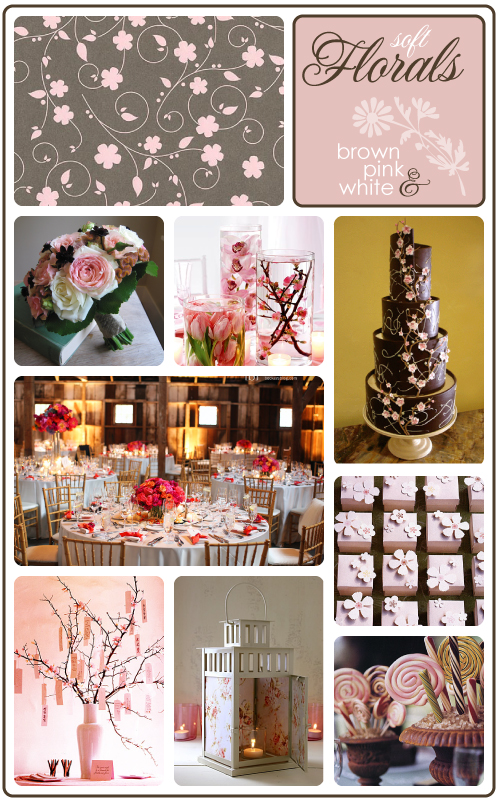
What You’ll Need:
High Melt Paraffin Wax (IGI 1260)
Water Balloons
Double Boiler
Cookie Sheet
Instructions:
1. Fill a water balloon with tepid water.
2. Melt your wax. Optimum working temperature for this project is 180 degrees Fahrenheit. Try to maintain this temperature for your wax while working by keeping it on a double boiler.
3. Slowly dip your balloon into the wax to just below the water level in the balloon. Warning: Do not dip the balloon into the wax past the water level. This could cause the balloon to pop.
4. Hold the balloon in the wax for a few seconds, and then slowly lift it out of the wax. Dip the balloon a few more times, allowing some time between dips to let the wax cool.
5. While it is still quite warm, carefully set the balloon down onto a piece of paper or a cookie sheet, making sure it is level. This will create a flat bottom for the luminary.
6. Dip your balloon a few more times until it is the desired thickness. A good target thickness is 1/4 to 1/2 of an inch.
7. Set the balloon on the paper or cookie sheet again and let it cool.
8. When the wax is completely cooled, hold the balloon over a sink or bucket, facing away from you. Carefully pop the balloon with a skewer or knife and let the water drain out. Throw away the balloon shards.
9. To level the top of the luminary, heat a cookie sheet on the stove and place the luminary top-down onto the hot sheet and carefully melt the edges until it is level.
10. Place a tea light or votive candle inside the luminary and burn on a candle holder in a dark area.






















































